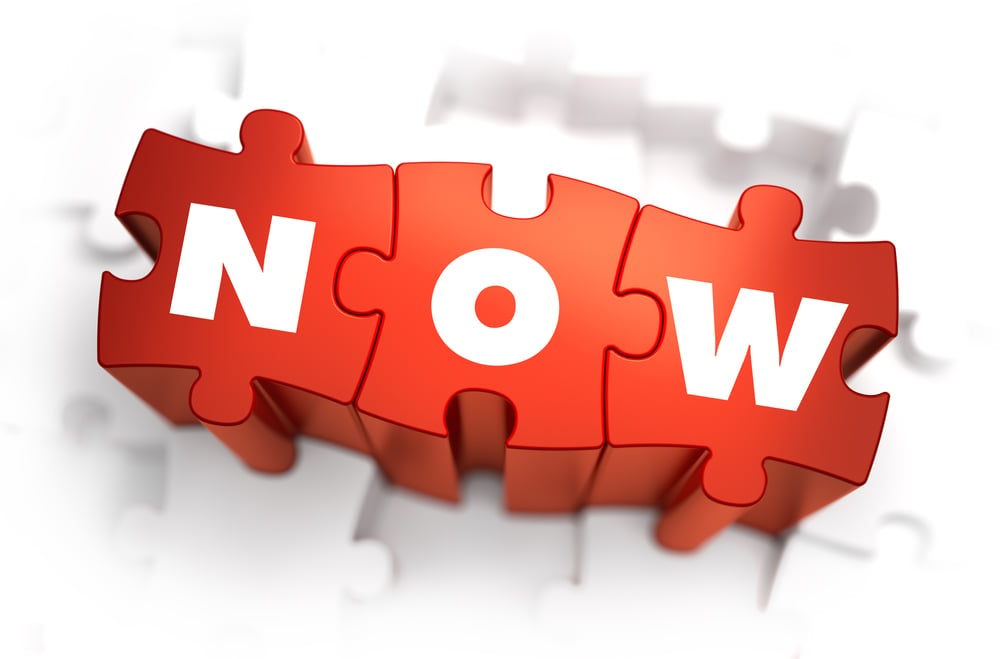Without a good mentor matching process, you will see an increase in the number of bad mentor matches. Successful matches take more than simply choosing mentors for your mentees. There are several factors that impact the matching process, as well as things to do before and after the match is made.
7 best practices for mentor matching
- Identify the business objective for mentor matching
There are various reasons for implementing a mentoring program. The best practice is to define these reasons for your program early on, so you can align your mentor matches with your objectives. These objectives will also help you clarify your program’s purpose to the stakeholders and make it easier to measure the program’s success.
Some examples of business objectives for mentor matching may be to increase career development, optimize your onboarding process, or improve diversity in your workplace. It is important to measure the success of your mentoring program. This will help you keep track of your progress and identify whether or not the program is meeting your objectives.
- Determine the criteria you want to improve
In order to reach your business objectives, you will need to target certain criteria for improvement in your mentees. These criteria will be the focus of the mentoring relationship, and the scale with which you measure your program’s success. It is best practice for matching mentors and mentees to use around six criteria. Six will keep the process simple and allow participants to be matches easily.
Each of your six criteria should be weighted differently, so make sure you decide the order of importance as well. We recommend weighing skills and competencies the highest, as a big part of the mentor’s role is teaching. Weighted criteria will help maximize the mentor matches to best meet your business objectives.
- Recruit engaged participants
Once you know what you want to achieve with your program, create a program marketing plan to build and keep awareness of your program. The marketing plan for your mentoring program plays a pivotal role in recruiting participants. You shouldn't expect to recruit all of your participants in one day. Set realistic goals for the number of mentors and mentees that you will recruit in a time period.
Many organizations have made the mistake of only recruiting participants before their program launches. As your program will be on-going, remember to continuously market so that you are always attracting new participants.
- Match mentors and mentees
There are many different types of mentor matching, it’s best practice to choose one that works well with your program and your participants. You can either have your program administrator assign matches or allow your mentees to choose their own mentor. Either way, stay consistent with your choice and always have the administrator oversee the mentorships before, during, and after the match happens.
- Handle challenges in the matching process
There is potential for a few flaws to occur during the planning or implementation phases. Our best practices suggestion here is to be sure you prepare your program administrators, mentees, and mentors for handling challenges in their mentorships. Mentee and mentor training can prepare your active participants for the relationship after matching, as can choosing a program administrator who can manage various challenges.
Leaving your participants and administrators on their own to handle may be detrimental to your mentoring program.
- Upgrade to a mentor matching software
While there are alternatives to matching software, software provides a level of efficiency unseen with other methods. Software can use algorithms to make matches based on your objectives and criteria, so you don’t have to. It can also manage the profiles of all your participants, facilitate communication between all parties, and maximize matching effectiveness.
- Monitor relationships after the matching process is complete
There needs to be a way of ensuring the mentor and mentee are receiving all the help and resources they require. Provide enough training to both parties so each know their role in the relationship. Mentors and mentees need to understand their role, and don’t assume they know them already. They also need to be checked up on occasionally to ensure goal completion and forward movement is occurring. Don’t leave your mentorships alone to survive, gently guide them in a positive direction.
To learn more about how Insala’s mentoring software can support your program, book a call with our team.








